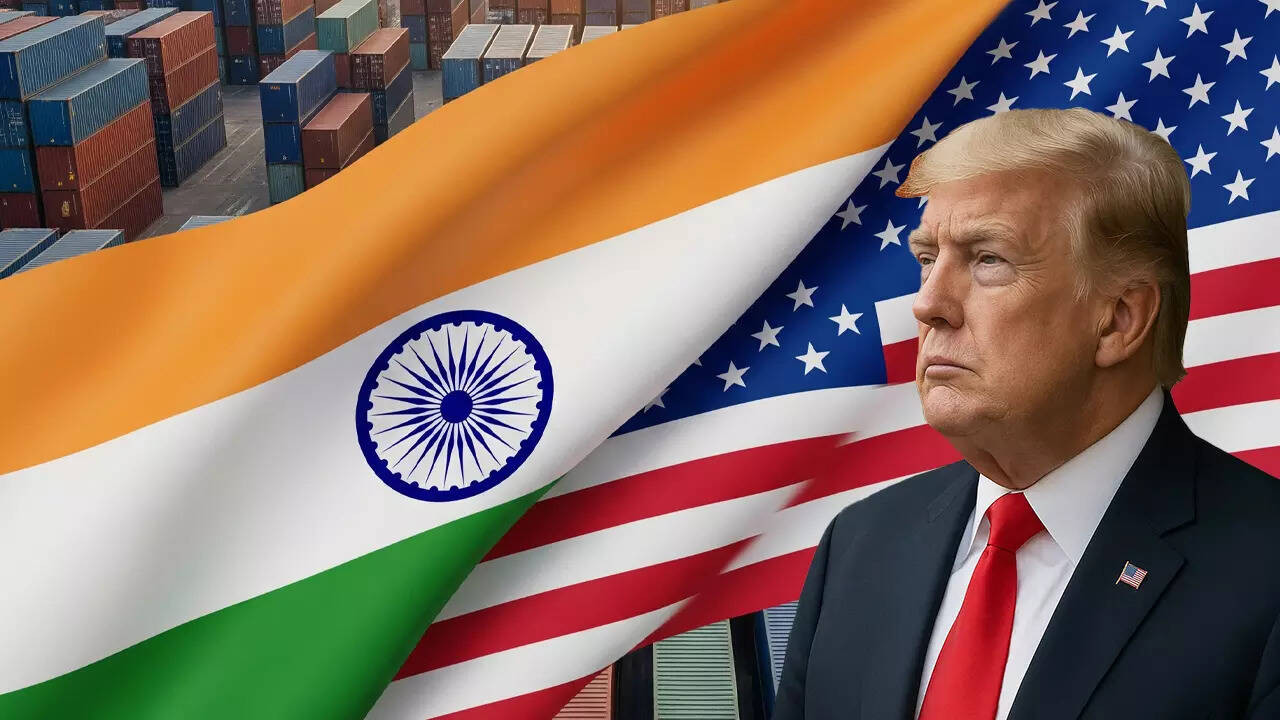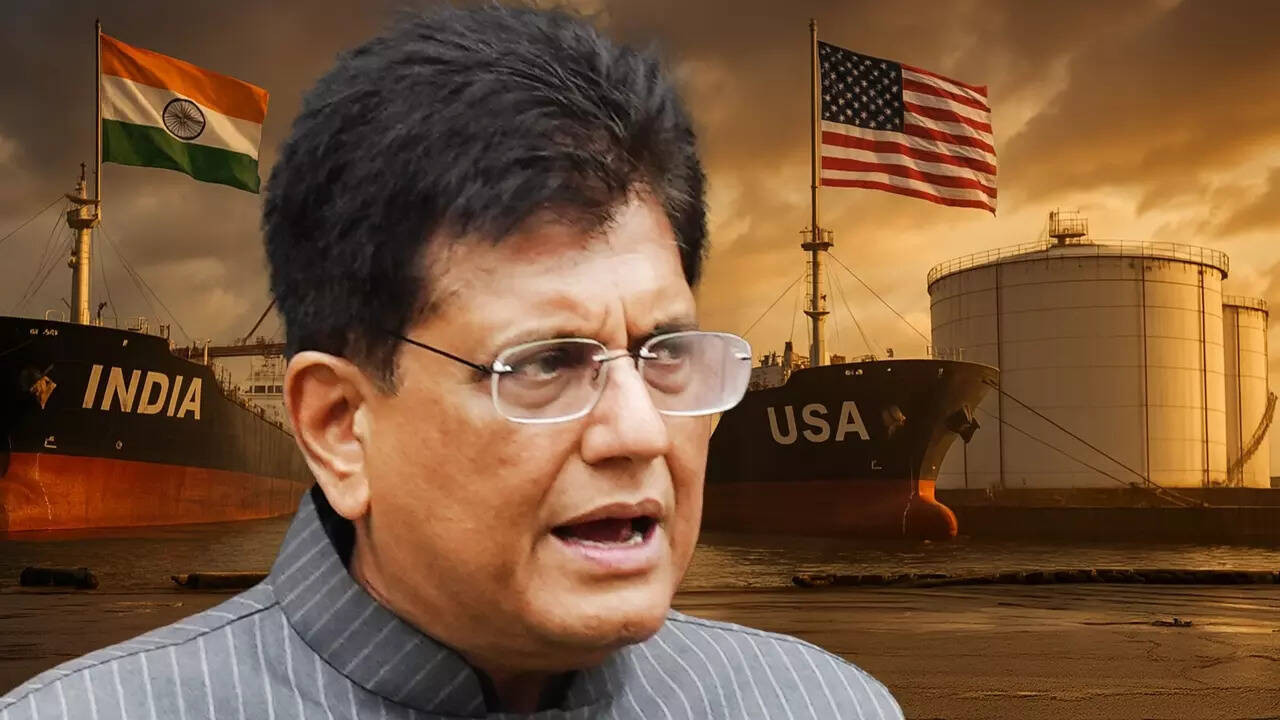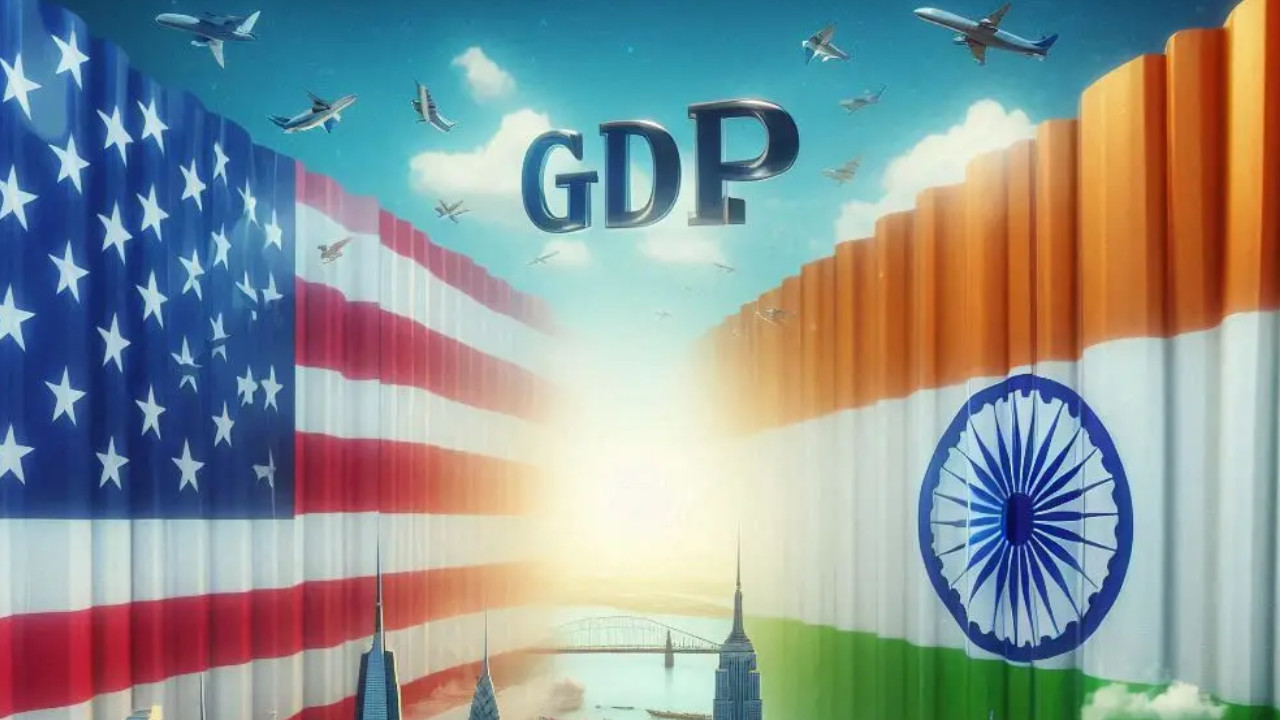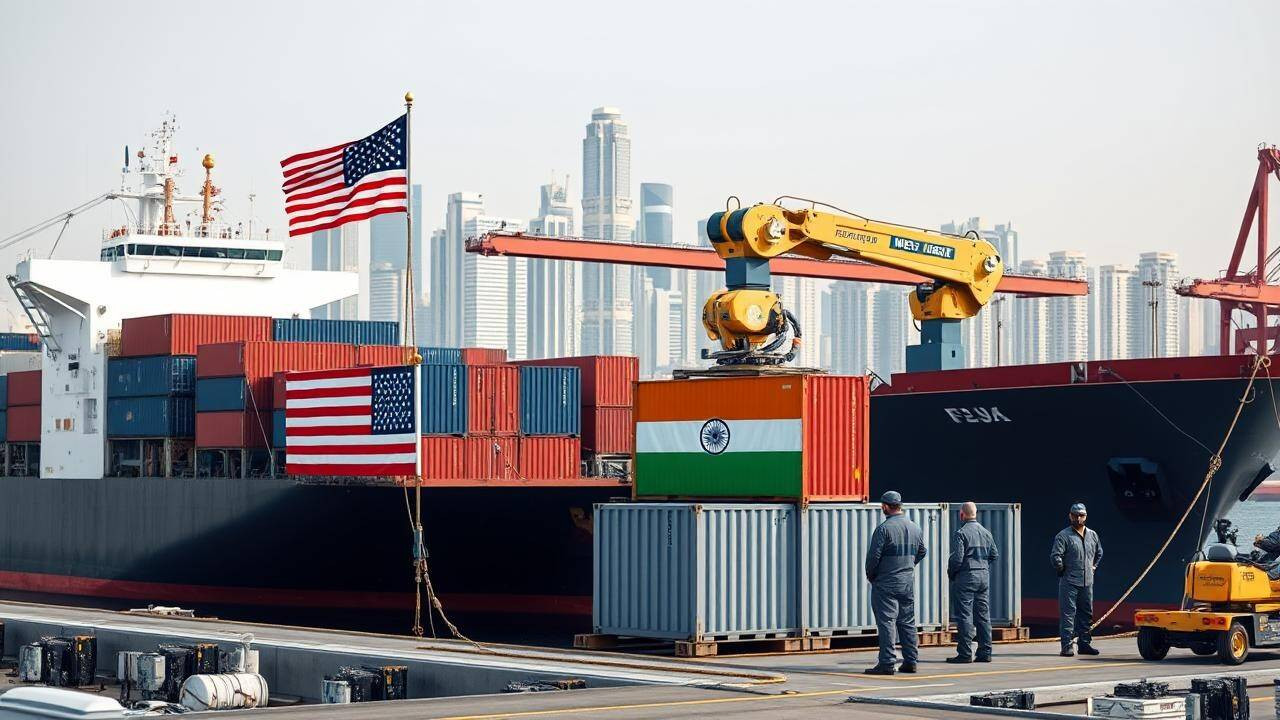US President Donald Trump has announced that a trade agreement with India has not been finalized, despite previous indications that a deal was nearing completion. Trump’s remarks come just two days before the August 1, 2025, reciprocal tariff deadline. The possibility of an interim trade deal announcement before the deadline now seems unlikely.
Navigating the Labyrinth: Is a US-India Trade Agreement on the Horizon?
The air crackled with anticipation. For months, whispers of a landmark trade agreement between the United States and India had been circulating, fueling hopes of closer economic ties and boosted commerce. But as the clock ticked down to a critical deadline, a familiar figure stepped into the spotlight, casting a shadow of doubt on the entire endeavor.
Former US President Donald Trump, known for his assertive stance on trade and his penchant for the word “reciprocal,” injected a dose of uncertainty into the narrative. While negotiations had been ongoing, Trump declared that a comprehensive trade deal was “not finalized,” raising questions about the immediate future of US-India trade relations. It was a stark reminder that navigating the complexities of international trade is rarely a smooth or predictable journey.
The concept of “reciprocal tariffs,” a cornerstone of Trump’s trade philosophy, loomed large. It essentially means ensuring that tariffs imposed by one country are mirrored by the other, creating a level playing field, at least in theory. Trump has often expressed his dissatisfaction with what he perceives as higher tariffs levied by India on American goods, and this sentiment likely played a role in his pronouncements. He argued that any trade agreement must address this imbalance.

But what’s actually at stake? A strengthened trade partnership between the US and India would have significant implications. For American businesses, it could unlock access to a vast and rapidly growing consumer market, eager for US goods and services. Indian companies, in turn, would gain easier entry to the world’s largest economy, potentially boosting exports and investment. A successful agreement could cover a wide range of sectors, from agriculture and manufacturing to technology and services.
Think about it: increased trade could spur innovation, create jobs on both sides, and foster greater economic cooperation. This isn’t just about dollars and cents; it’s about building stronger strategic ties between two of the world’s most influential democracies.
However, the road to a US India Trade Agreement is paved with intricate challenges. Negotiating tariffs and regulations across diverse sectors requires delicate compromises and careful consideration of domestic interests. Concerns about intellectual property rights, data localization, and market access often surface, demanding meticulous negotiation and creative solutions.
For instance, India’s agricultural sector, a significant employer, has traditionally been sensitive to foreign competition. Opening up this sector to American agricultural products requires a nuanced approach, balancing the interests of Indian farmers with the potential benefits of increased trade. Similarly, data localization policies, which require companies to store data within a country’s borders, have been a point of contention in the digital economy.
Despite the hurdles, the underlying rationale for a closer US-India trade relationship remains compelling. Both countries share a commitment to democratic values and a growing strategic convergence in the Indo-Pacific region. Strengthening economic ties would not only benefit businesses but also reinforce this broader strategic partnership. It’s a win-win situation – if both sides can navigate the complexities with pragmatism and a long-term vision.
The delay in finalizing a comprehensive trade agreement doesn’t necessarily signify a complete breakdown in negotiations. Instead, it may reflect the complexities involved and the need for further dialogue to address outstanding issues. The door for a mutually beneficial US India Trade Agreement is far from closed; it just requires skillful navigation and a willingness to find common ground. Ongoing dialogues and continued commitment from both sides are crucial to unlock the full potential of this vital economic partnership.
Conclusion
The saga of a potential trade agreement between the United States and India is far from over. While challenges and delays persist, the underlying strategic and economic logic for a closer partnership remains undeniable. As both nations continue to negotiate, the focus should remain on fostering a mutually beneficial framework that unlocks opportunities for businesses, strengthens strategic ties, and contributes to a more prosperous future for both countries. Only time will tell if they can overcome the hurdles and forge a lasting economic partnership.







